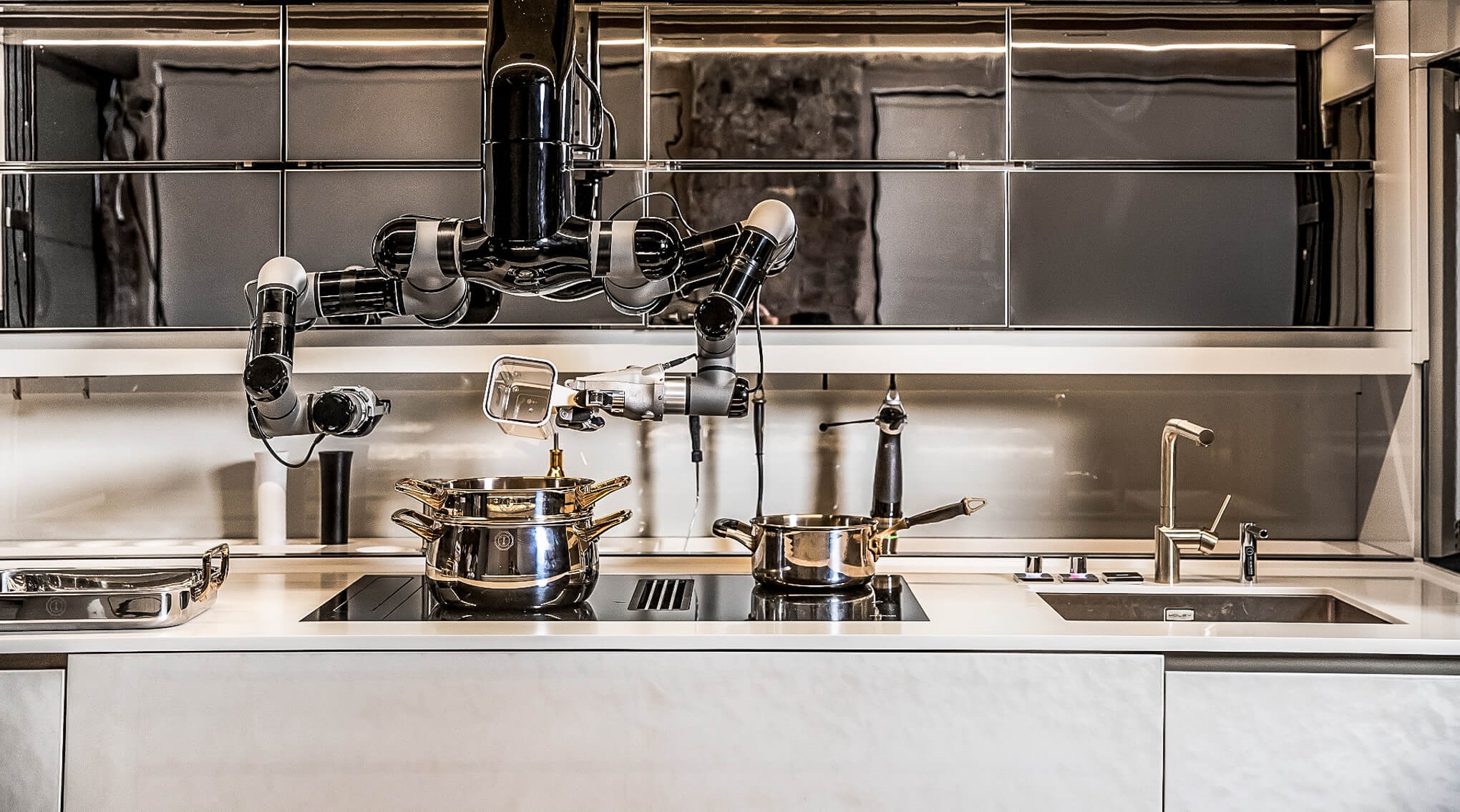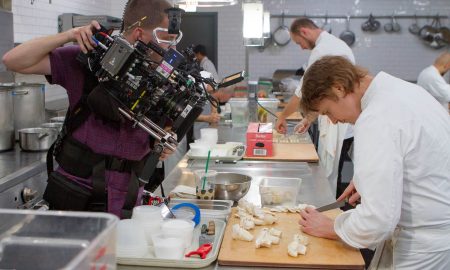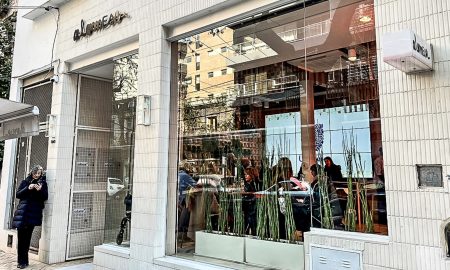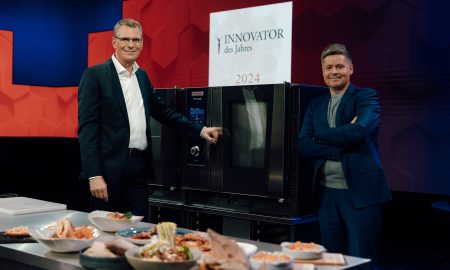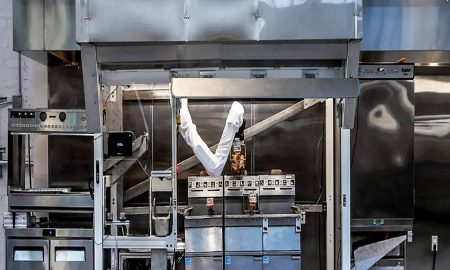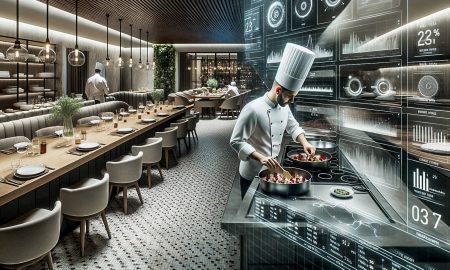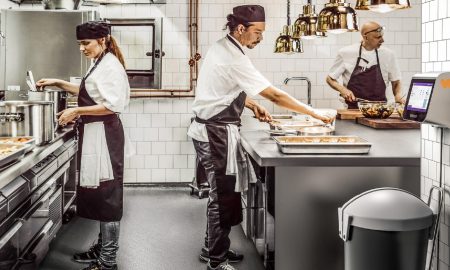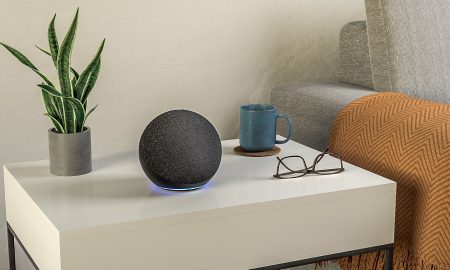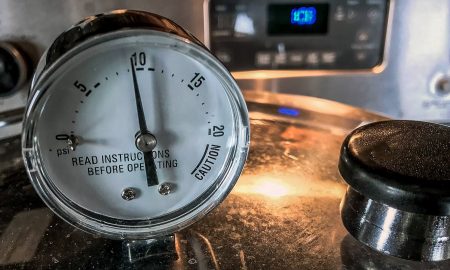Visions of the future have always been synonymous with robots. From Back to the Future to Wall-E, the restaurants of tomorrow have never failed to feature a robotic presence. New innovations in technology mean that this future is closer than ever to being realized. Yet will it fully come to pass, and what are the benefits, as well as potential pitfalls, of using robots in foodservice?
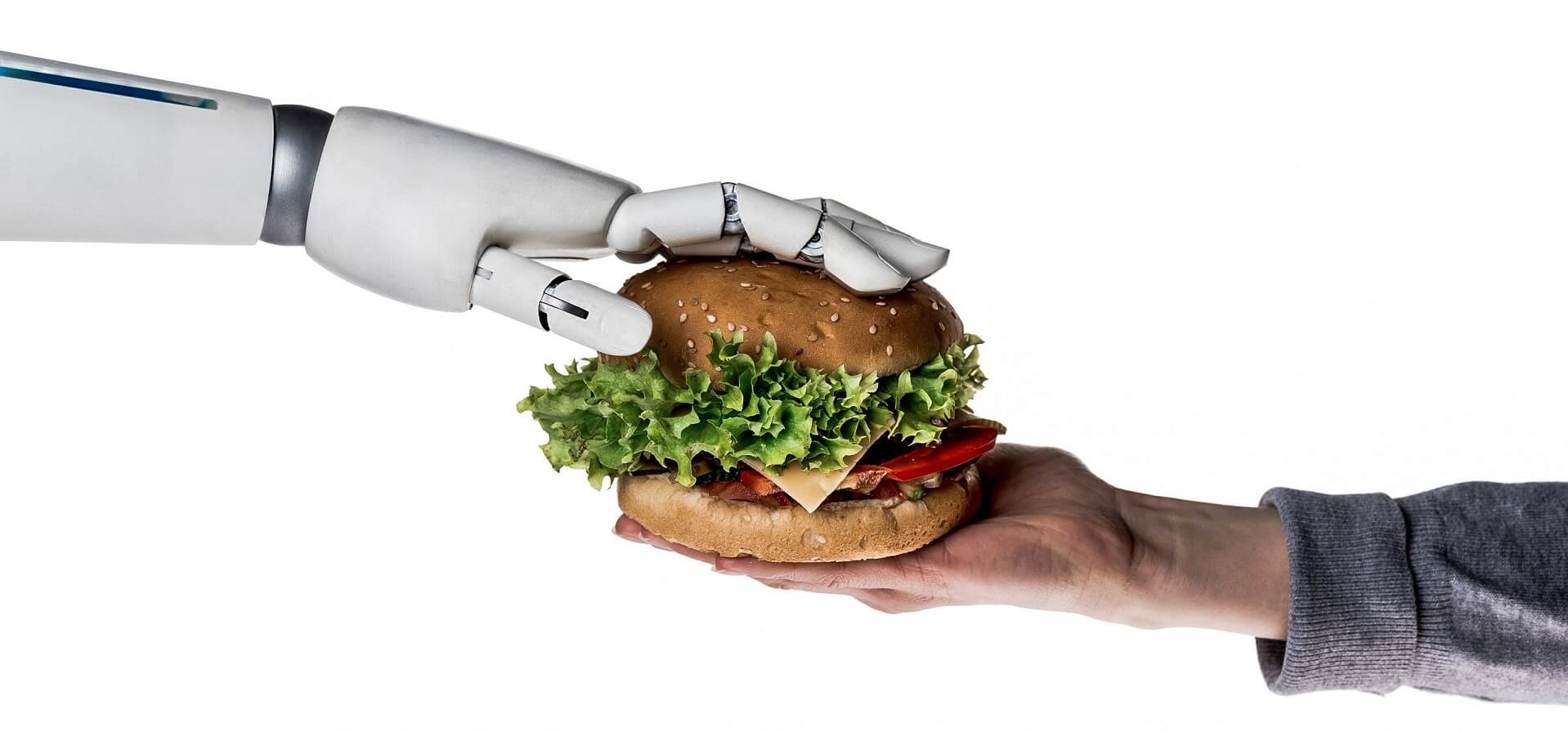
Image: AdobeStock | LIGHTFIELD STUDIOS
Robotics in gastronomy – still a hot topic
The past decade has seen an increasing number of developments integrating robotics with foodservice. As reported previously on KTCHNrebel, Moley Robotics developed the world’s first robot kitchen back in 2015, capable of producing over 5,000 different recipes; its CEO has plans to expand into night room service and other high-end applications. Another kitchen fully operated by robots was opened in Nashville in November 2021 by Nala Robotics.
FCSI Associate Jay Bandy, president of Goliath Consulting Group, says that robotics remains a hot topic currently. “The National Restaurant Association Show in Chicago is always a good indicator of trends. And the restaurant show of 2022 was full of robotics,” he says.
This technology is now so far developed that it isn’t just reserved for huge companies and brands. Bandy points to the fact that Krystal, a regional US burger chain based in the South, is looking at robotics. “That’s really a sign that robotics is getting out there,” Bandy believes.
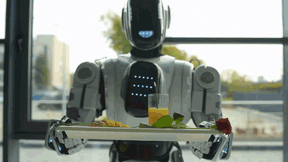
Image: AdobeStock | zinkevych
Round the clock operations
The potential of this technology was accelerated by the Covid-19 pandemic: after all, robots do not need to be socially distant from each other, or their customers, and –maintenance aside – can effectively run at all hours of the day without needing to take breaks or sick leave. As Moley Robotics have highlighted, robots could be the way for foodservice operators to guarantee operation throughout the night, in hotels or 24/7 drive-thrus. Chili’s, an American casual dining chain, has even started putting robots in front-of-house. But what are the other potential advantages, given that installing this kind of technology comes at a huge cost to restaurants?
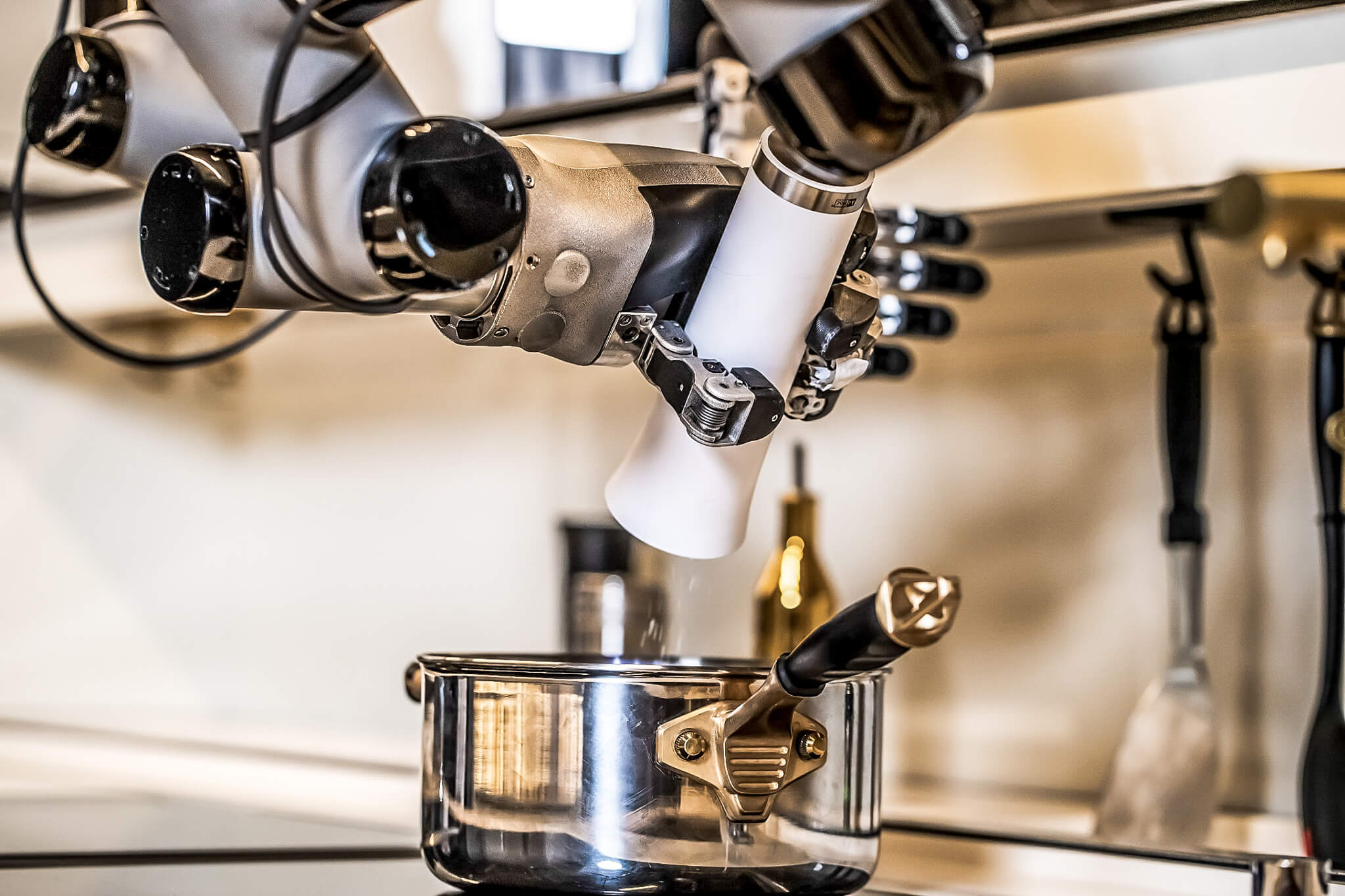
Image: Moley Robotics
Reduced number of staff required
One benefit of using robots is that they limit the number of staff in the kitchen, reducing overcrowding and business costs. “In the back of the house, things such as operation at the fryers are pretty easy to automate through robotics,” says Bandy. “That takes a person out of the kitchen, because whoever’s doing pantry, or whoever’s stocking, or if there’s somebody in the nearby station, they can reload French fries, or whatever fried foods they’re frying.”
Although innovation in robotics has garnered significant attention recently, automation has been a significant part of the foodservice industry for years. “One of the big innovations, which has been around for a long time, but you don’t see it in every restaurant, is a clamshell grill top that cooks burgers, top and bottom,” Bandy notes. “It’s set by timer, and it opens [when the food is cooked] – the only thing it doesn’t do is pull the burgers off the grill.”
Smart ideas abound. Rational, for example, is increasingly implementing automation and robotics across its equipment range. Its iVario model has an AutoLift function that automatically takes the pasta out of the water. Its iCombi model automatically adapts the cooking process according to its relevant load.
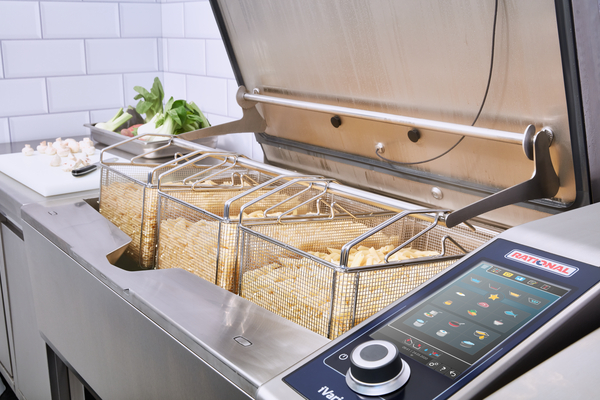
Image: Rational
Robots and practicality
It’s not too much of a stretch of the imagination, then, to imagine this automation being succeeded by robots in foodservice kitchens. However, in August 2022, Chris Kempczinski, president and CEO of McDonald’s, made a statement in an earnings call expressing caution regarding the future of robotics in the industry. He stated that, “the idea of robots and all those things, while it maybe is great for garnering headlines, it’s not practical in the vast majority of restaurants.”
Bandy explains further, highlighting that the robotics technology on the market currently, “is just too clunky and takes up too much space. It’s expensive. One of the problems with robotics, looking at it long term, is it takes years to refine processes and equipment.”

Image: Moley Robotics
Just a timing issue
But that doesn’t mean there might be no room for robotics in the kitchens of the future. “What robots we’re going to see in five years [will be] totally different from what’s on the market today,” says Bandy. “With this technology in its infancy, if there’s enough money being spent it’s going to get better. Someone like Chris is looking at the future, and just waiting ‘til things catch up for an operation like McDonald’s. I guarantee five years from now, they’re going to be at the McDonald’s lab testing robotics. It’s just a timing issue.”
In the labor shortage crisis that is currently affecting the foodservice industry, it is tempting to return to the futuristic vision of restaurants completely manned by robots. Bandy says this is unlikely for the moment because of the expenses involved in such installations but does add that he sees “robotic stations alongside human-manned stations as the best fit, at least for the next 10 years. Again, as technology advances, there certainly can be fully robotic kitchens, even on the casual dining side.”
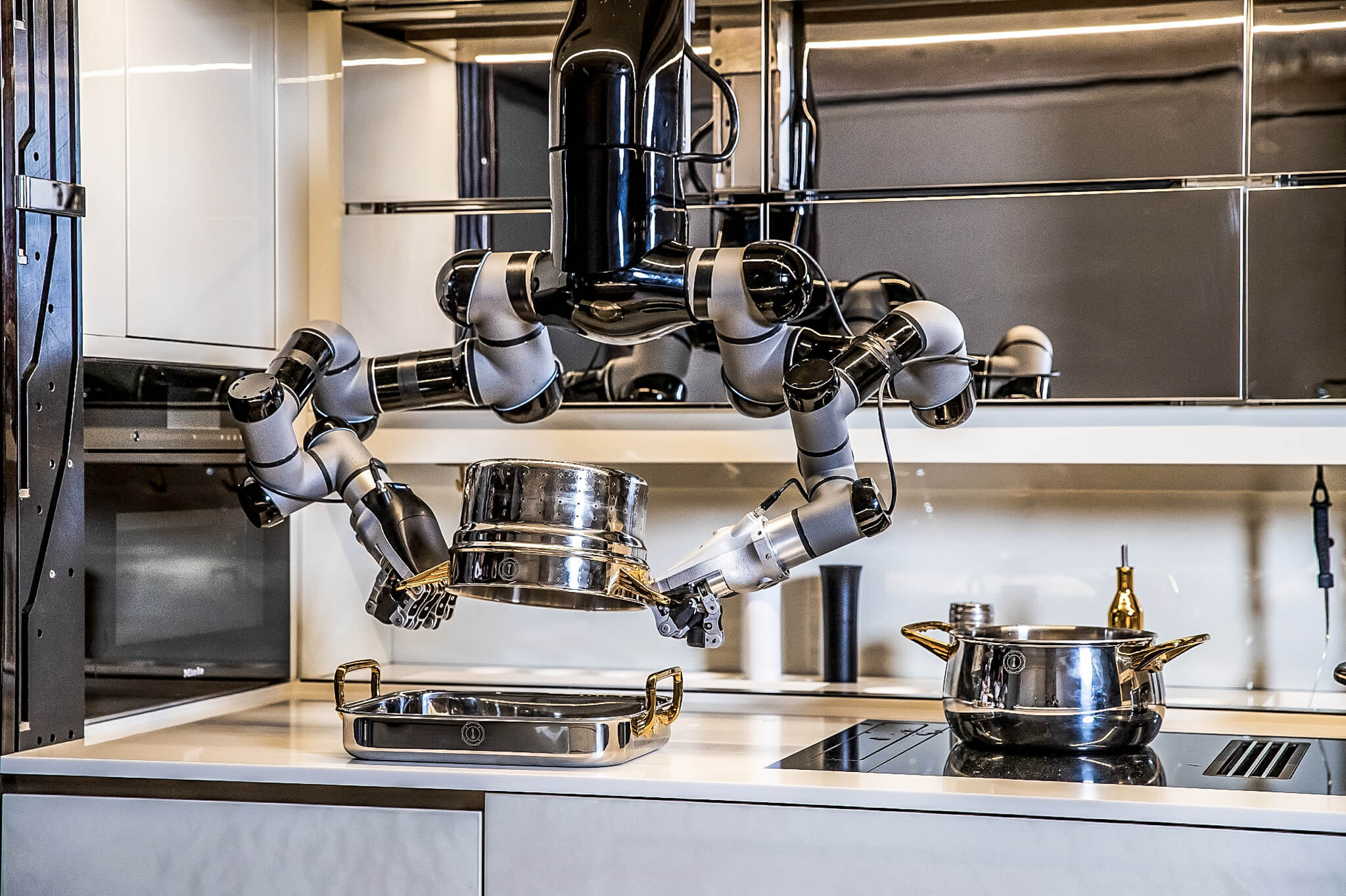
Image: Moley Robotics
The future of foodservice, therefore, may not rely as much on robotics exactly as we have sometimes imagined. The human touch continues to remain important in the world of fine dining and gourmet. Nevertheless, the change that could be reckoned by robotic innovations in the long-term should not be underestimated by restauranteurs, kitchen suppliers, or customers.


